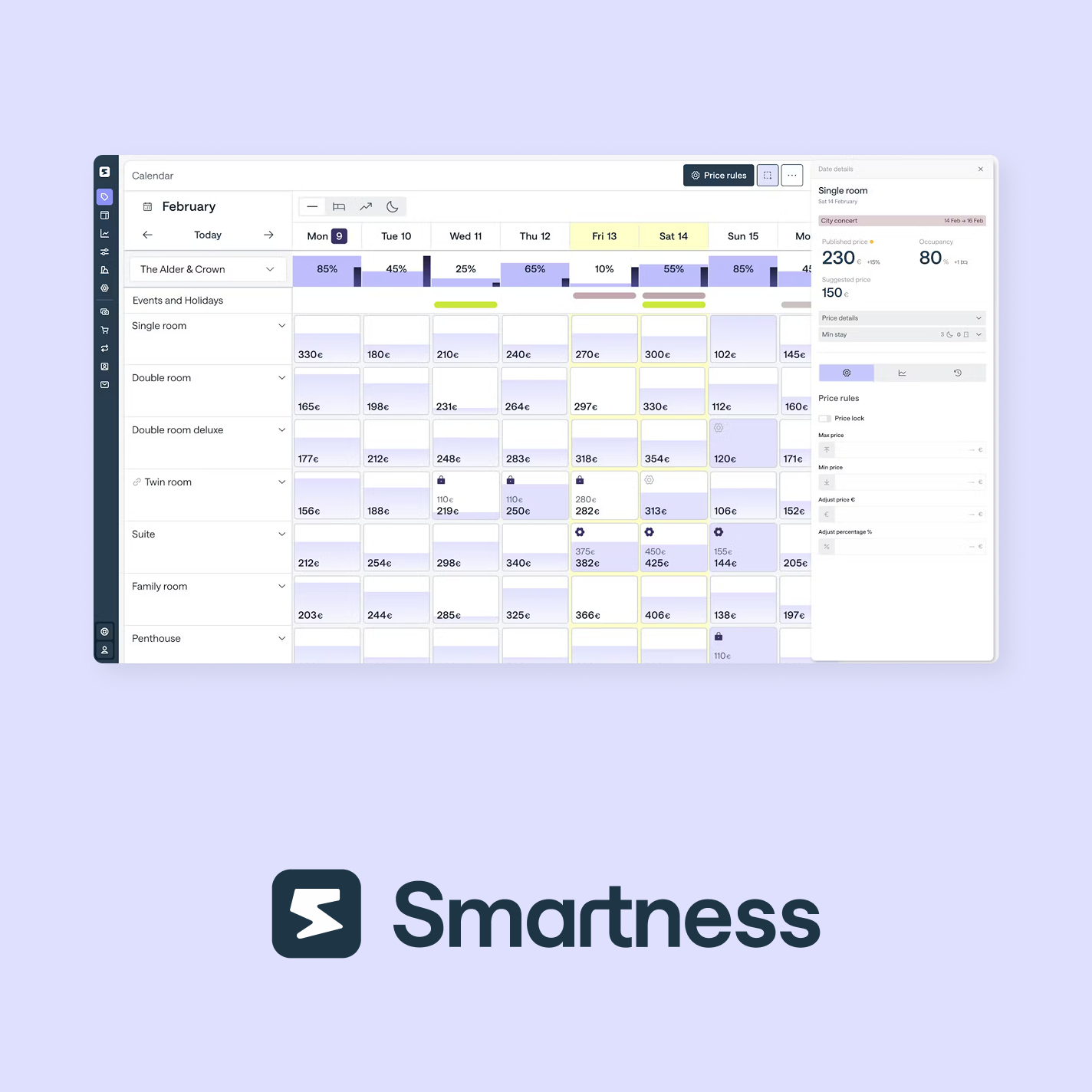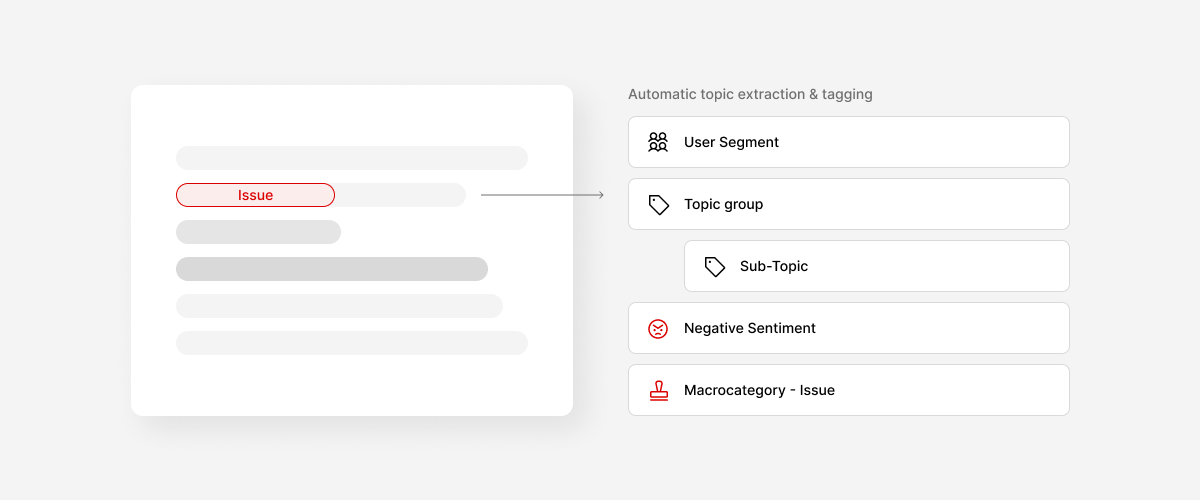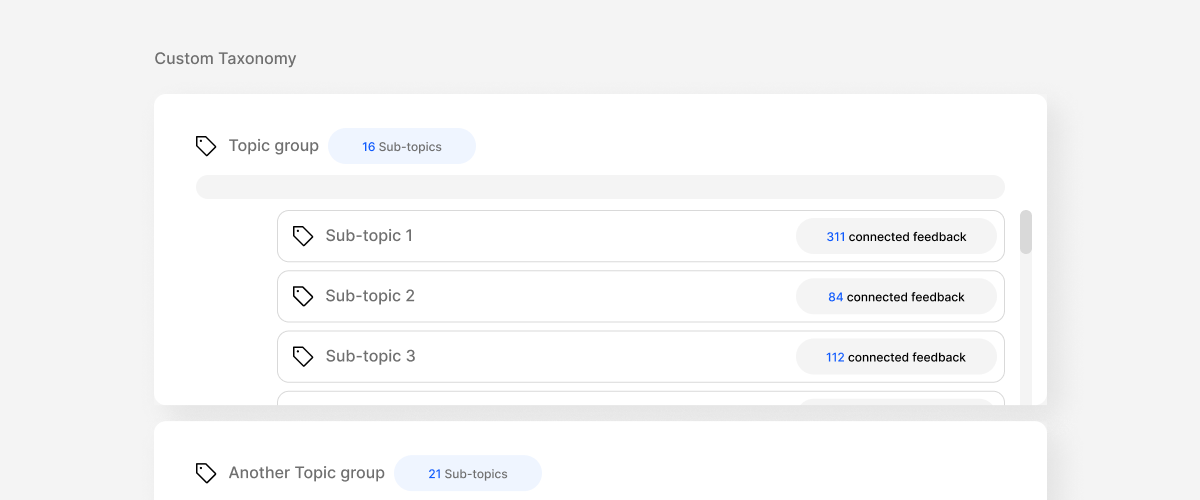Illuminating the Path: Product Discovery in Product Management
What is Product Discovery?
Product discovery is the essential first step in a product manager's journey. It's the process of uncovering and validating potential product opportunities. This involves understanding customer needs and market trends, ultimately leading to informed decisions that ignite growth.
Why is Product Discovery Critical?
Think of product discovery as flipping on a light switch in a dark room. It replaces guesswork and intuition with the power of concrete data. By applying product discovery, you gain a clear understanding of market opportunities, test assumptions, and ensure development efforts are directed towards solutions customers truly crave.
Putting Product Discovery into Action
Here's how to integrate product discovery into your product management process:
- Identify Problems or Opportunities: Begin by pinpointing a problem your product can address or an opportunity it can capitalize on. User feedback, market research, and analyzing current product performance are valuable sources for this initial exploration.
- Define the Problem Clearly: Once identified, define the problem with precision. Delve into user pain points, goals, and motivations, while considering the context in which they interact with your product.
- Spark Solutions: With a defined problem, generate potential solutions. Brainstorming, sketching, and employing various ideation techniques can ignite this creative spark.
- Validate Your Ideas: Put your ideas through the testing crucible. User testing, prototyping, and other validation methods reveal which solutions hold the most merit.
- Prioritize Solutions: Based on testing results, prioritize solutions with the highest effectiveness and feasibility for implementation.
- Craft a Development Plan: Define the scope of work, create a timeline, and identify the resources needed to bring your chosen solutions to life.
- Build, Refine, and Repeat: With a plan in place, build and iterate on your product. Prototypes, user testing, and continuous feedback loops pave the way for ongoing improvement.
- Launch and Measure: Launch your product and meticulously track key metrics, like user engagement and retention. Utilize user feedback and data analysis to continuously optimize and evolve your offering.
When is Product Discovery Essential?
While crucial during the ideation and development stages of the product lifecycle, product discovery is a continuous process. By consistently gathering feedback and iterating, product managers ensure their creations remain relevant and valuable throughout their entire lifespan.
By embracing product discovery, you navigate the product development journey with clarity and purpose, ultimately delivering solutions that resonate with your target audience and drive lasting success.
How to implement Product Discovery Successfully
Implementing successful product discovery hinges on three key pillars:
- understanding your users: Firstly, deeply understanding user needs and challenges through various methods like user research ensures you address genuine problems, not creating solutions in search of a problem.
- validating assumptions: Secondly, validating assumptions through testing and prototyping allows you to mitigate the risk of costly failures by confirming if your proposed solutions truly resonate with your target audience.
- iterating based on feedback: Finally, embracing an iterative approach encourages continuous learning and improvement. By incorporating user feedback throughout the product development process, you ensure your product evolves in sync with user needs, ultimately leading to a solution that is desired, relevant, and successful.



























